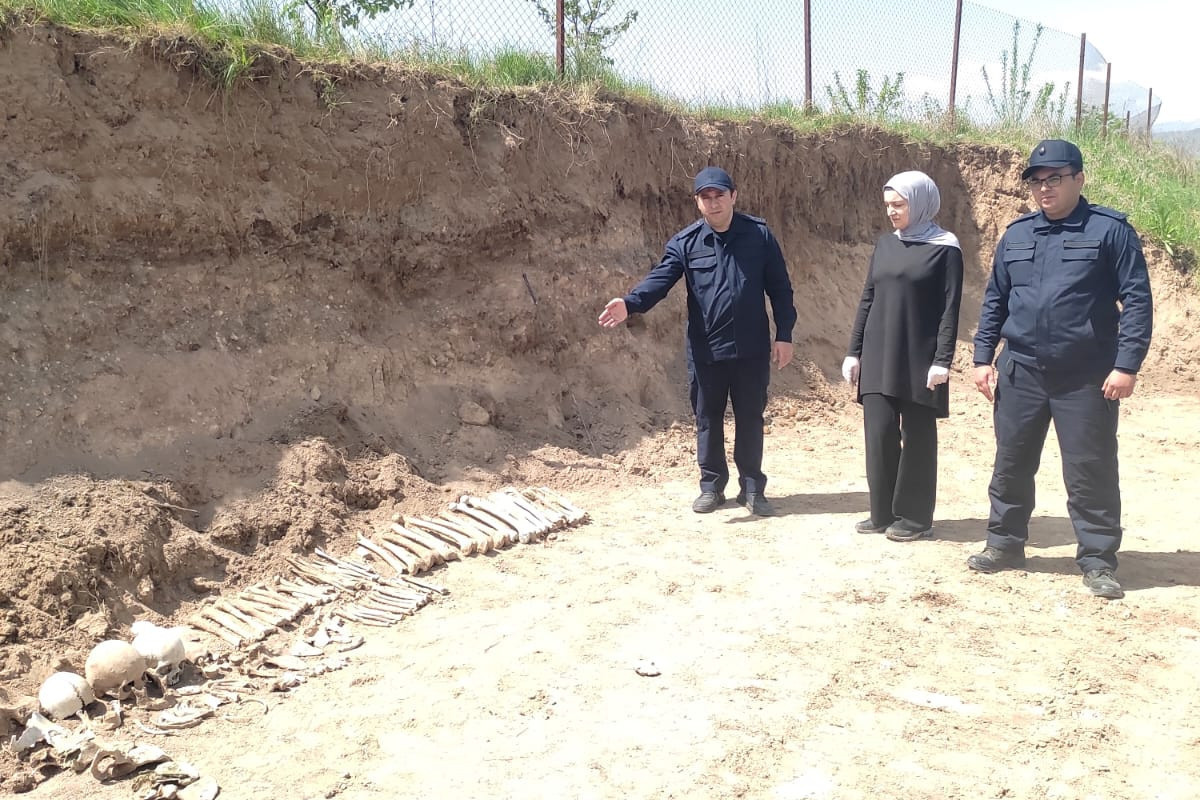A partial clipse of the Moon is rising over horizons tonight, much to the delight of photographers around the world. Here are the most incredible images from the final lunar eclipse of the year, APA reports citing BBC.
The beginning of July witnessed a spectacular total solar eclipse over South America. And experienced astronomers when when one eclipse occurs you may see another only two weeks later. Now, like clockwork, just two weeks later the Full Moon is plotting a similar trajectory around Earth. This means tonight, Tuesday, July 16, will see a lunar eclipse light-up the night skies for much of the world, providing the perfect fodder for budding photographers.
What is a partial lunar eclipse?
A lunar eclipse involves the Sun, the Earth and the Moon combining to darken and redden our celestial orb.
Tonight’s eclipse is a partial one, meaning only a section of our Moon will appear to vanish under the Earth’s shadow.
The astronomical phenomena will – weather permitting – promise to be truly spectacular and photographers and amateur astronomers alike can enjoy a late-night view the eclipse event across most of the world.
When is the eclipse of the Moon visible in the UK?
Not all of the partial lunar eclipse will not be visible over the UK, as the Moon is still rising during the eclipse.
The Moon will start to enter Earth’s shadow at 7.43pm BST and the maximum partial eclipse will occur at 10.30pm.
The entire eclipse will last for around five and a half hours, ending at 1.17am on Wednesday, July 17.
The best time to view the eclipse of the Moon is between Moon rise at 9.06pm to 11.59pm, when the Moon will pass through the Earth’s umbra, or full shadow.
Only a little more than 60 percent of the Moon’s surface is going to pass through our planet’s full shadow, painting our celestial satellite an eerie crimson hue.
The rest of the Moon will meanwhile retain the same silver tone as sunlight will continue reflecting from that area of the Moon.












 VIDEO'>
VIDEO'>
